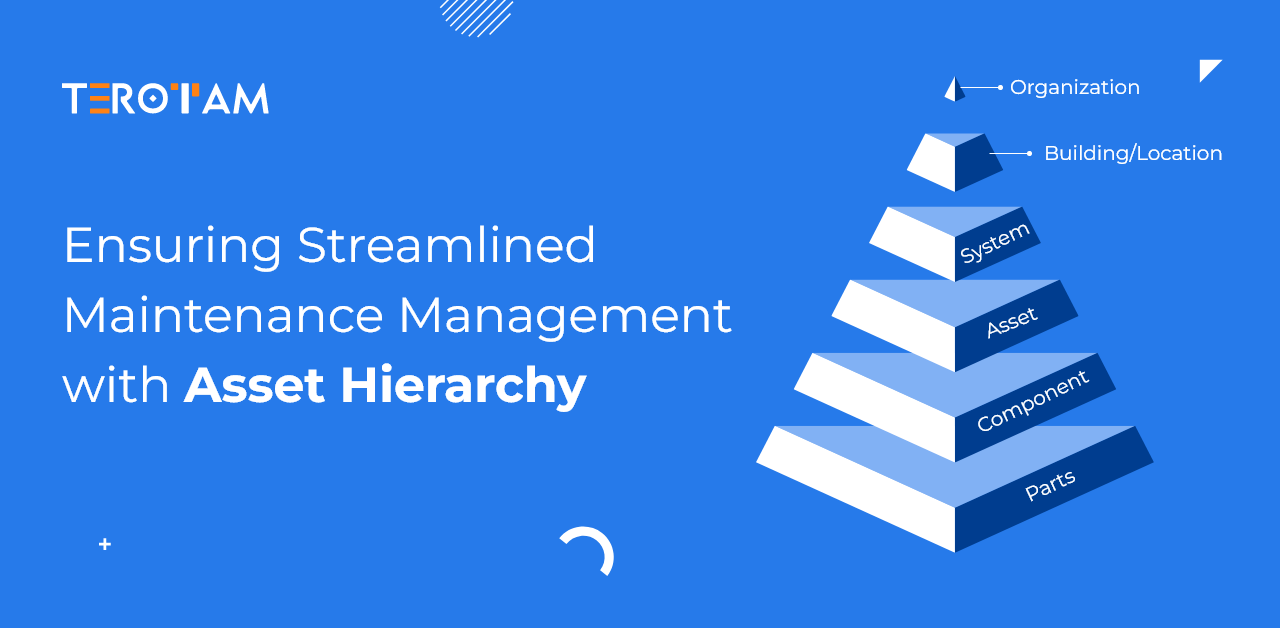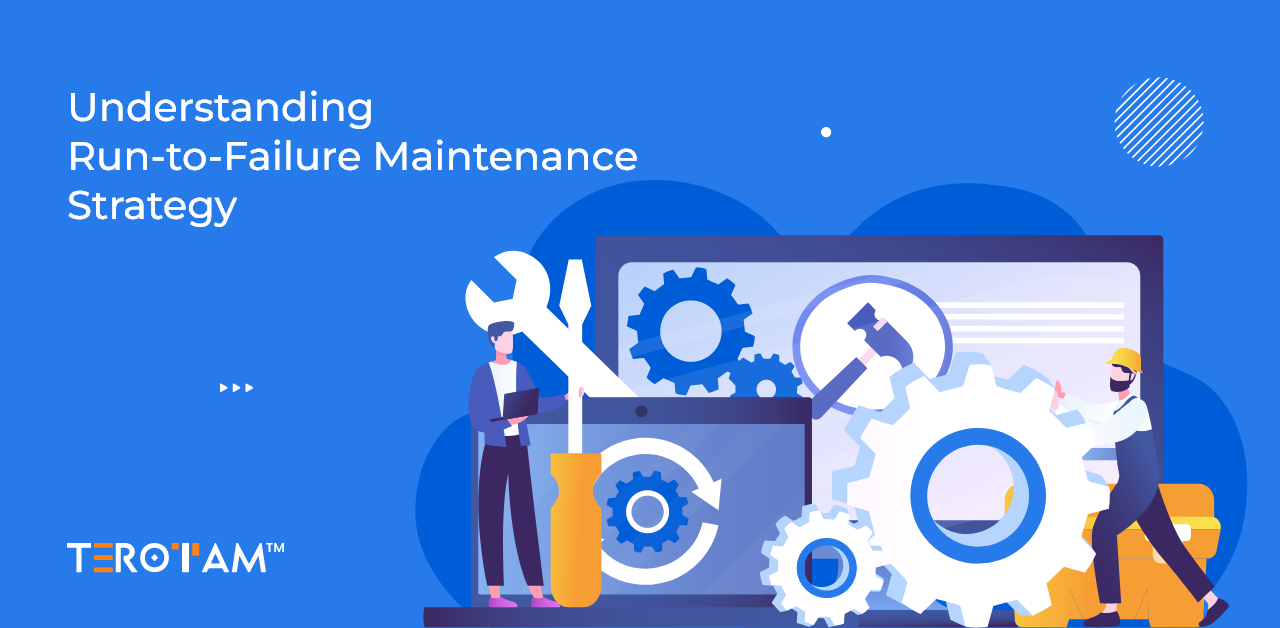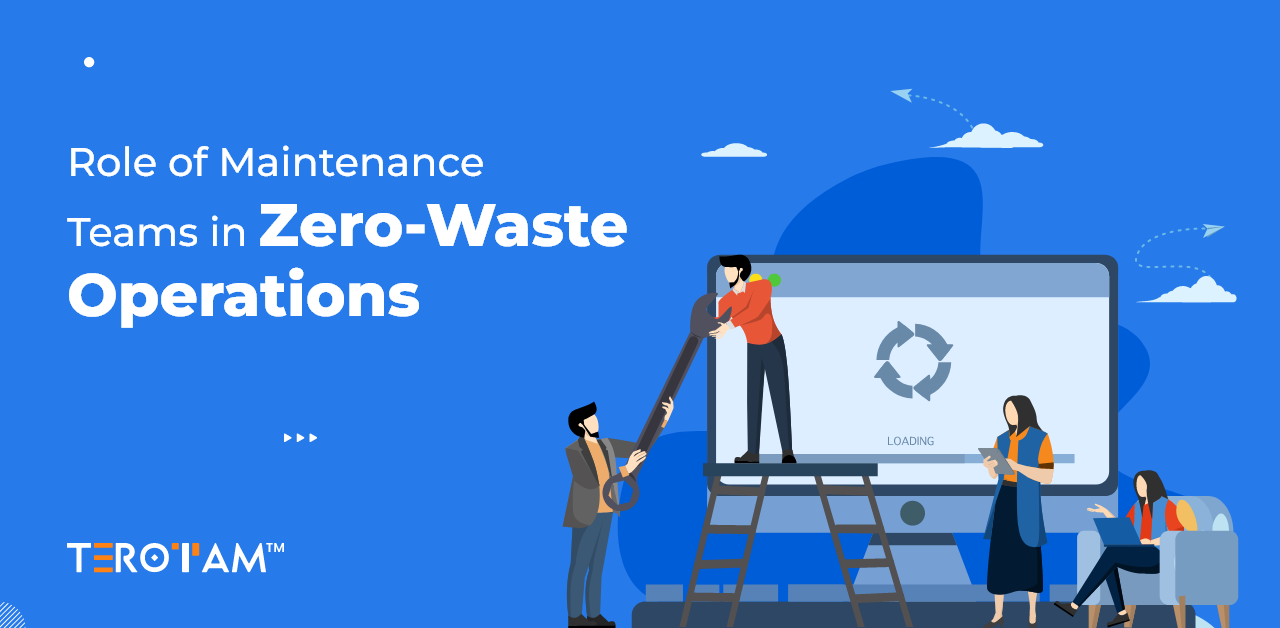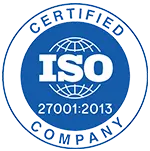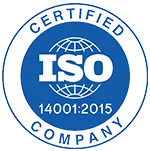Modern maintenance management relies heavily on structured asset data. Without a clear and technically sound asset hierarchy, even the most advanced CMMS or EAM platforms can fall short. Creating a logical and multi-level asset structure isn’t just data hygiene—it’s a functional requirement for condition-based maintenance, failure analysis, and lifecycle tracking.
In this article, we’ll break down what an asset hierarchy truly means in a maintenance setting, why it supports operational stability, and how to build a technically sound hierarchy that supports your CMMS, predictive maintenance, and compliance goals.
What is asset hierarchy in maintenance management?
An asset hierarchy is a multi-tiered structure that logically organizes all physical assets based on their relationship, location, and function within a facility. In maintenance management, this structure enables the segmentation of equipment into parent-child relationships—from facility level to individual components—ensuring traceability and context for every maintenance event.
In contrast to general asset categorization, a maintenance-oriented hierarchy ties each asset to its operational role and dependency path.
For example, a pump might sit under a water distribution system, which in turn is part of the utilities group of a plant. Maintenance teams rely on this structure to associate failure history, generate work orders, and monitor asset performance across levels.
Most modern CMMS systems support multi-level hierarchies with up to 6–7 levels, such as:
- Enterprise
- Site / Facility
- Process / Functional Area
- System / Line
- Asset / Equipment
- Sub-Assembly / Component
These levels help streamline preventive maintenance schedules, spare part mapping, and criticality analysis.
Importance of asset hierarchy for streamlined maintenance management
In maintenance operations, clarity around asset relationships directly improves the planning, execution, and tracking of maintenance activities. A well-structured hierarchy simplifies the way systems are monitored, maintained, and analyzed, especially when managing high volumes of equipment across multiple facilities.
When each asset is logically positioned within a layered structure, it becomes easier to assign responsibility, trace recurring faults, manage spares, and align maintenance tasks with operational dependencies. This structure reduces ambiguity in maintenance workflows and enhances data integrity across digital systems.
Key benefits of implementing a robust asset hierarchy:
- Asset downtime is reduced as equipment faults are quickly traced to their root systems and components.
- Maintenance teams work more efficiently with a clear understanding of which systems assets belong to and how they interconnect.
- Preventive maintenance plans are easier to define, schedule, and execute across related asset groups.
- Spare part management becomes more accurate as components are linked directly to the correct equipment.
- Reporting accuracy improves since asset data is consistently organized by location, function, and dependency.
- Failure patterns are easier to detect across systems due to clean historical data tied to each asset level.
- Budget allocation becomes more precise when lifecycle costs are tracked at asset, system, and facility levels.
- Compliance audits are simplified as documentation and maintenance logs can be traced to exact asset points.
- Cross-site standardization becomes manageable with a repeatable structure applied to multiple facilities.
How to create an asset hierarchy for better maintenance practices?
An effective asset hierarchy supports maintenance planning, improves visibility across systems, and enables better control over maintenance costs and performance tracking. It forms the structural backbone of your CMMS, allowing data to flow accurately from asset to system to enterprise level. The creation process demands technical clarity and operational alignment to avoid redundancy, misclassification, and blind spots in maintenance workflows.
1. Define enterprise-level and facility identifiers
Begin by structuring the top-level of your hierarchy with identifiers that clearly represent your company and its physical facilities. This sets the framework for organizing data across different plants, warehouses, or branches.
Each facility must have consistent, traceable codes that align with corporate-level reporting and control. Getting this layer right is critical, especially when managing distributed maintenance teams or handling compliance reporting across locations.
- Assign structured codes to each site that include location, site function, and unique identifiers.
- Capture key attributes such as operational zone, time zone, and utility interconnects.
- Map geographical data to enable region-based analytics.
- Document site commissioning dates and critical infrastructure dependencies.
2. Segment each facility into functional locations
Once the site level is defined, break down each facility into internal zones or departments that reflect actual physical divisions or utility zones. These locations could be based on production flow, electrical layouts, safety boundaries, or access restrictions. Defining these areas clearly makes it easier to assign work orders, analyze maintenance trends by zone, and implement area-specific PM routines.
- Use layout drawings or control room mapping to define zones.
- Identify access restrictions to define equipment service boundaries.
- Group by process flow where applicable (e.g., inbound, production, packaging).
- Include building zones, electrical rooms, mezzanines, or cleanrooms as distinct segments.
- Incorporate security or compliance-based areas when required.
3. Map systems or process groups under each area
Under each defined functional area, the next layer should reflect the operational systems or utility networks installed there. These are logical groupings of equipment working together to complete a specific process—such as compressed air generation, chilled water supply, or line-level automation. This level allows system-based analytics and scheduling, particularly for condition monitoring and failure tracing.
- Tag lines or systems like compressed air, HVAC, or water recycling loops.
- Identify mechanical and control system boundaries.
- Define interfaces with upstream and downstream systems.
- Label with consistent system codes for reporting alignment.
4. List equipment and primary assets under each system
Each system is made up of core physical assets—equipment like pumps, drives, mixers, control panels, or chillers—that are maintained directly. These machines typically have their own serial numbers, inspection schedules, and work history. Capturing the full range of attributes at this level ensures accurate reporting, maintenance traceability, and lifecycle cost calculations.
- Assign each a unique asset code that includes location and type.
- Capture detailed metadata, including manufacturer, serial number, and commissioning date.
- Track energy source and rated load to support energy audits.
- Add a criticality level to guide maintenance prioritization.
- Include warranty expiration dates where applicable.
- Map operational metrics like run hours, cycles, or throughput rate.
5. Identify maintainable components and subassemblies
Not every maintenance task is performed on the full equipment level. For complex machines, subassemblies and replaceable components—like gearboxes, seals, or circuit boards—should be defined separately. This level provides deeper traceability into failures and supports targeted spare part strategies and predictive maintenance initiatives.
- Refer to OEM service manuals and historical breakdown records.
- Include motors, gearboxes, seals, bearings, or PLC modules.
- Link component IDs with the parent asset in the CMMS.
- Record part replacement frequency to support predictive models.
6. Standardize naming conventions and asset taxonomy
Inconsistent asset naming leads to confusion, duplication, and inaccurate reporting. Every asset in the hierarchy must follow a structured naming convention based on a consistent taxonomy. This is especially important in multi-site environments where maintenance teams, auditors, and software systems all need to interpret data in the same way.
- Use structured tags such as “PLT-FAC-AREA-SYS-ASSETTYPE-SEQ.”
- Apply taxonomy based on ISO 14224 or company-internal frameworks.
- Maintain a central naming registry for new asset entries.
- Include asset category, asset class, and maintenance group identifiers.
- Implement rules for handling retired or merged asset IDs.
7. Input and verify structure in the CMMS
After finalizing your asset model on paper or a spreadsheet, the next critical step is translating it into your CMMS platform. This import must preserve all relationships and metadata accurately to support automated scheduling, reporting, and analytics. Testing this structure thoroughly before going live prevents downstream errors in work order routing or asset history tracking.
- Set up parent-child relationships to reflect real-world structure.
- Link existing PM schedules, checklists, and SOPs.
- Test hierarchy navigation and system filtering in a live environment.
- Validate that work orders route correctly through all levels.
- Confirm asset-related metrics appear accurately in dashboards.
- Conduct cross-team review of input data for completeness.
8. Connect spare parts and BOMs at asset and component levels
Spare part integration is essential for field efficiency. Linking assets and their components to relevant spare parts and bill of materials (BOMs) allows maintenance teams to create work orders with immediate part availability. It also helps inventory teams track part usage and avoid overstocking or shortages.
- Link spare parts with asset IDs, including vendor, lead time, and part codes.
- Define minimum stock levels and reorder points.
- Attach BOMs for complex equipment requiring multi-part replacements.
- Use part images and storage location tags for easy field identification.
- Track usage frequency to guide stocking decisions.
- Map alternates or backward-compatible parts for replacements.
9. Establish hierarchy maintenance protocols
Asset structures aren’t static. Equipment gets replaced, relocated, or decommissioned, and without proper governance, the hierarchy can quickly become inaccurate. To maintain data integrity, define review cycles and assign responsibility for managing updates as part of your maintenance governance model.
- Set quarterly review cycles with system owners and reliability teams.
- Define a request-and-approval workflow for adding or editing asset data.
- Enable audit trails in the CMMS for hierarchy modifications.
- Assign a hierarchy steward per site or department.
- Schedule cross-department data integrity checks.
Conclusion
A well-structured asset hierarchy brings order to your maintenance operations. It makes it easier to locate equipment, assign tasks accurately, and connect every work order to the right asset without confusion. When every component fits into a logical structure, your team spends less time digging through data and more time focusing on maintenance that matters.Whether you’re starting fresh or reorganizing years of scattered records, having the right system in place can save time, reduce costs, and improve asset reliability across the board. If you need guidance or want to see how TeroTAM can support your hierarchy setup, reach out at contact@terotam.com — we’d be glad to help.


